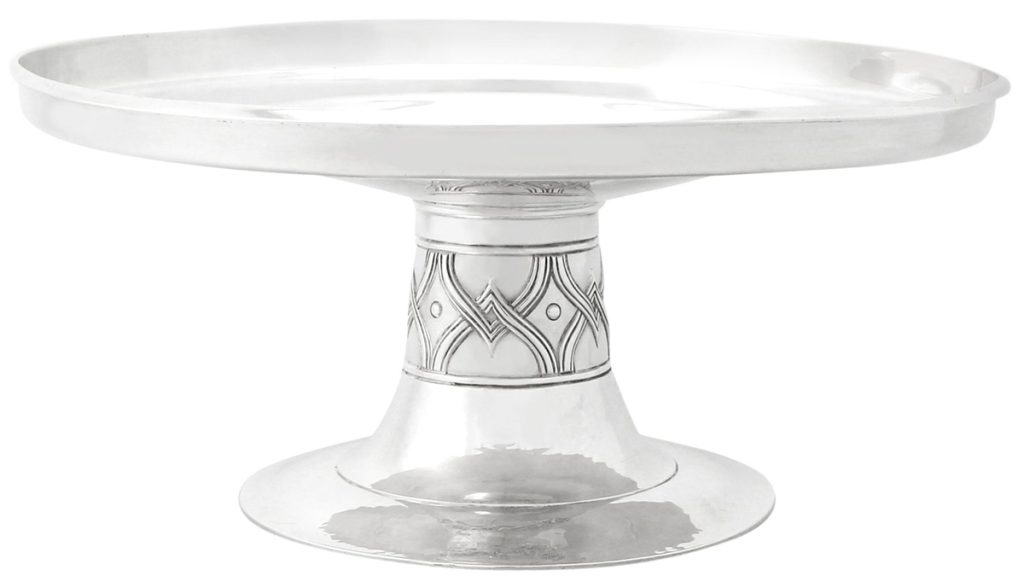You may have observed on our website that a wide range of items can be seen to have a planished finish. If you’re anything like me, you’re likely wondering what on earth this means. So, let’s find out.
Here we go!
What Is Planished Silver?
Planished silver is silverware that has a specific texture to it. If you’ve ever seen planished silver, you’ll notice that the surface of it appears intricately dimpled, giving it a wavy effect. Silverware with a planished finish is highly collectable, and it’s no wonder why – there’s something so charismatic about the rippled effect made through the process of planishing.
Planished silver became exceptionally collectable in the 1930s, as air-powered planishing hammers were created. Craftspeople were quick to try them, and thus planished items were a common feature of the era. Before that, planished silver was a huge element of the Arts and Crafts movement. Such arts and crafts silver is highly valued and sought after around the world today.
What Does ‘Planished’ Mean?
The word planished is taken from the Latin word: ‘Planus’ which translates roughly as ‘flat’. Technically, planishing is the process of using a flat-headed hammer to flatten silver sheet, making the term very appropriate. A planishing hammer and a planishing stake are the key tools of the process. The item is held into place using a vise, and the metal goes across the stake, allowing the crafter to use the planishing hammer on the metal to get the famous, smoothed effect. Once you understand the process, a planished item can be easily identified and understood due to the nature of the subtle, ornamental finish.
The dimpled effect from the hammer can be an implication that the silversmith has used too much force with each hammer blow; however the development of silverware through the centuries allowed this to be a highly desirable appearance. The purposeful planished silver finish can be hard to capture with a camera, however these preserve spoon bowls show the true beauty on their incurvated surfaces.
I will admit that – before today -if you asked me to define ‘planished’, I would have merely said it was the effect left on a piece of metalwork which offers the perception of a smooth piece being hit with a hammer repeatedly. Now, I understand I was only half correct in my assumption; the 18th century pieces I have the pleasure to observe will be planished and that is what allows them to have an almost under-water look.
All the characteristics I admire are from the planishing process. After some research, I am fascinated by the way in which items can be made – the phrases hand-raised and hand-made have never meant so much as they do to me right now.
With my passion for learning more about this planished silver hammering process, I have browsed the internet and come across a video which I feel shows the essence of hammering a flat item into shape. This video has no audio other than the backing music and allows the viewer to watch an 18th century tumbler be made from start to finish.
